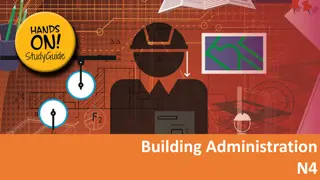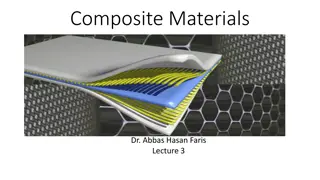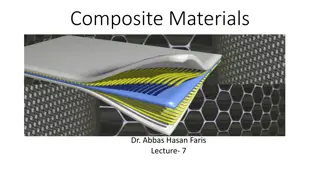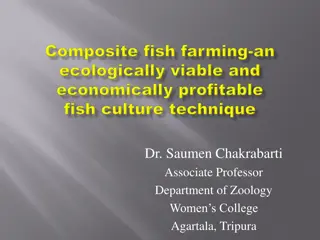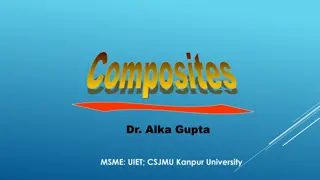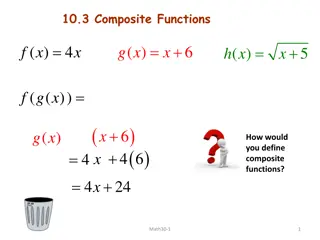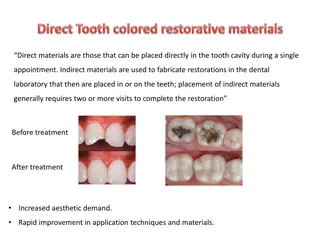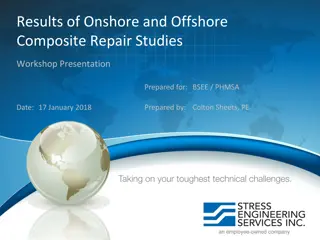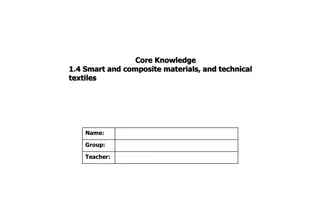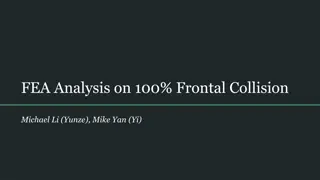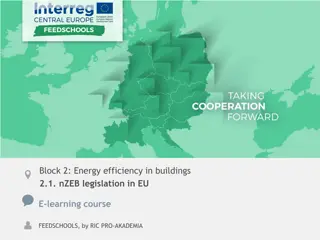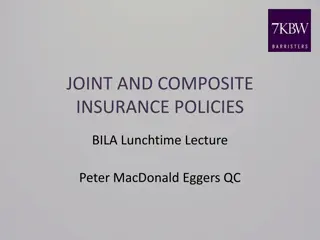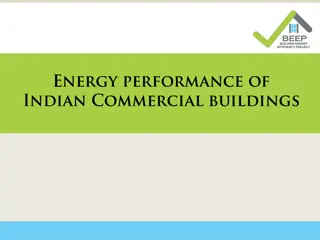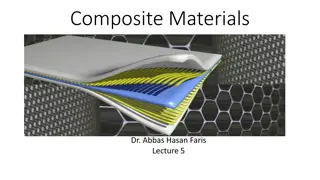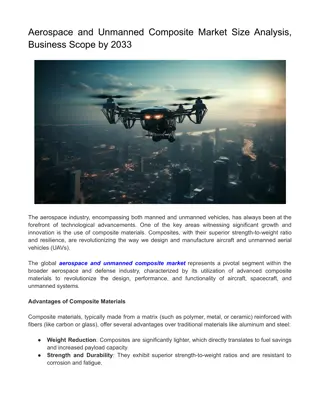Introduction to Composite Construction in Buildings
Composite construction combines steel and concrete to enhance structural strength and load-carrying capacity. This method utilizes composite elements such as steel-concrete composite beams and slabs, improving stiffness and efficiency in building construction. By rigidly connecting different materials, composite construction offers enhanced protection against corrosion, fire, and structural failure.
Download Presentation

Please find below an Image/Link to download the presentation.
The content on the website is provided AS IS for your information and personal use only. It may not be sold, licensed, or shared on other websites without obtaining consent from the author.If you encounter any issues during the download, it is possible that the publisher has removed the file from their server.
You are allowed to download the files provided on this website for personal or commercial use, subject to the condition that they are used lawfully. All files are the property of their respective owners.
The content on the website is provided AS IS for your information and personal use only. It may not be sold, licensed, or shared on other websites without obtaining consent from the author.
E N D
Presentation Transcript
Laser Material Processing(LMP) Lecture 2
Conclusions Remarks From pervious lecture we can conclude that: 1. Laser is a light i.e. electromagnetic wave which has certain wavelength and frequency 2. Laser have two operation modes according to ejection of output power to target with time A. Continuous operation CW mod [ejection of power to the target is uniform(constant) with time].
Conclusions Remarks B. Pulse operation mod [ejection of power to the target is periodic with time].
The Basic Unit Of All Light -A photon is the smallest discrete amount of (light) electromagnetic radiation. It is the basic unit of all light. -Photons are always in motion and, in a vacuum, travel at a constant speed 3 X108m/s(speed of light). -Photon can act both as a wave and particle i.e. has property of wave like wavelength and has property of particle like mass.
Laser Power Density -Laser Power Density Pd ( Laser Intensity or Laser Irradiance): Is defined as the energy per unit per unit area (or power / area): -For Continuous operation CW mod : Pd =Pav / r2 Where Pd is Power Density , Pav is average power, r is laser beam radius at the surface of the target -For Pulse operation mod Pd =Pp/ r2 Where Pp is the peak instantaneous power , Ep is Eenergy of the pulse , is the pulse duration(width). Pulsed laser can achieve Pd < 108 W/cm2 while CW lasers can generate laser Pd> 108 W/cm2 .
Governing Factors For Material Processing - Depending on the absorbed laser intensity, and deposition times different physical phenomena such as heating, melting and vaporization, can be done by Laser during material processing. - Laser material processing (LMP) involves : Laser surface hardening, laser forming [heating] laser melting, laser welding [melting] laser cladding ,laser alloying, [melting] laser grooving, laser drilling, laser cutting, laser surface cleaning etc. [vaporization] [vaporization]
Governing Factors For Material Processing -All LMP engineers use the Figure below to select the range of Governing Factors [laser power density (Y-axis , and deposition time X- axis)for certain process surface hardening, melting, welding, cladding , drilling, cutting, etc.].
Governing Factors For Material Processing -Example: Use the previous Figure to select the range of Governing Factors [laser power density (Y-axis , and deposition time X-axis)for the following LMP: 1.Welding 2.Drilling 3.Cutting 4.Shock hardening.
Governing Factors For Material Processing -Solution: The range of Governing Factors [laser power density (Y-axis , and deposition time X-axis) for the following LMP( see the next slide): 1.Welding : Laser power density= 105 W/cm2 Deposition time= 10-2 s 2.Drilling: Laser power density= 109 W/cm2 Deposition time= 10-8 s 3.Cutting?? Home Work 4.Shock hardening??


